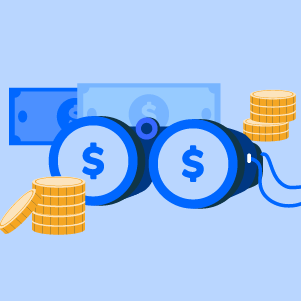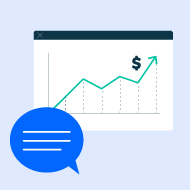Burnout can exist in any vertical when someone is doing the same task over and over again at an unsustainable pace. While this feeling can come about at any time, for some organizations the COVID-19 pandemic has stretched teams thin, pushing them to the brink of burnout.
Although there are many root causes of burnout, this particular wave may have come about because many companies were forced to furlough employees, shifting the workload to those who remained employed. In other instances, business and opportunities increased but headcount did not, causing team members to work longer hours to produce more within a fixed number of hours.
At Roadster (a SaaS company providing commerce solutions to automotive dealerships and OEMs), with car dealerships being forced to close by government orders, “digital retailing” became less of a progressive idea for a dealership and more of a must-have technology solution to serve customers. After we made the shift to digital retail, inbound interest in our platform increased by 6 times overnight–a salesperson’s dream, yet a nightmare at the same time.
There are only so many hours in the day to properly set up for a demonstration, perform the demo, follow up with previous conversations, answer emails, answer phone calls, clean up the Salesforce pipeline, etc. With the sudden onslaught of demo requests and workloads increasing by leaps and bounds, we knew we were pushing our sales team and burnout was a real concern. Aside from overall mental state, burnout also affects productivity and quality of work.
Here are a few strategies we employed at Roadster to help combat burnout and keep our sales team motivated that can be applied across any business.
Connect with People
Never underestimate the importance of connecting with people. The impact of reaching out to a coworker just to “chat” can seriously help reset things, and for a brief moment take the focus off of the seemingly never-ending tasks.
We have a normal cadence of one team call during the week, where we go over pipeline, success stories, challenges, etc., as well as a one-on-one phone call or Zoom meeting between each salesperson and myself in which we discuss individual needs or the more specific nuances of each deal. We ensure this one-on-one contact focuses on things other than business. We discuss life, family, hobbies, or really anything that is on our minds, with many times these calls being completely unrelated to work.
We’ve found that throwing in a few “Team Happy Hour” Zoom calls is a great way to connect outside of work. This allows us to interact on a more personal level and, at least for these 15-30 minutes, we aren’t talking about the same things over and over again. This has proved especially important during the COVID pandemic; with so much uncertainty in business, life and the economy, it’s important to really listen and be there as a support mechanism. Simply connecting with people can help them refocus when their minds return to daily tasks.
Plan the Day/Set Time Aside for You
Time management and planning the day go hand-in-hand and are essential to avoiding burnout. It may sound simple, but actually it’s a learned behavior that, once it becomes habitual, can help you get through the day and remain focused on success. On your calendar, you probably have many things including meetings, phone calls, and maybe product demonstrations, but do you schedule time for lunch?
It may sound trivial, but if you don’t set time aside on your calendar for lunch, it’s easy to breeze right through it while you’re on back-to-back Zoom calls. You don’t need to set aside 60 minutes for takeout at your favorite restaurant; we encourage our teams to, at the very least, simply set aside 15 minutes to close the computer and grab a snack. This can help reset your mind and allow you to continue powering through the day.
Perfect Your Craft
It’s normal to think the best time to work on your “sales skills” or “demo skills” is while business is slow; however, I believe the best time to work on your craft is when it’s busiest. If you have the opportunity to change things up a bit or learn from your previous experience, what better time to do that than when you have more opportunities to practice and iterate?
We use Gong.io to record and analyze every sales demo, quarterly business review, and meaningful sales conversation so we can learn from each other. The more data and input you have, the more you can improve. When the day is stacked with back-to-back demos, a great way to avoid burnout is to change the focus at some point; from conducting demos to offering feedback on team members’ demos. Sometimes the simple switch from presenting to critiquing can reset the brain and get your mind thinking differently.
Feedback can be given directly in the Gong platform, whether one-on-one or in a group setting. These little sessions can give a much-needed break from demo burnout and can strengthen the team by encouraging them to work together to improve their skills.
There are obviously a number of little things you can encourage your team to do to shake up their day or make their routine a bit more interesting. Preventing burnout can be as simple as connecting with coworkers for a few minutes, setting aside time to eat lunch, or using software to better hone skills.
Gabe Haim started his career in automotive retail at 17 years old, parking cars at a BMW/Mercedes dealership in New York. He worked through every job in the sales department, eventually leading the variable operations for the one of the largest BMW dealerships in the country. After almost 18 years with the same company, he made a career change and joined a startup SaaS company based in San Francisco. Haim went from being the first salesperson at Roadster to the vice president of sales in one year, where he now manages a field sales team of seven regional sales directors.





